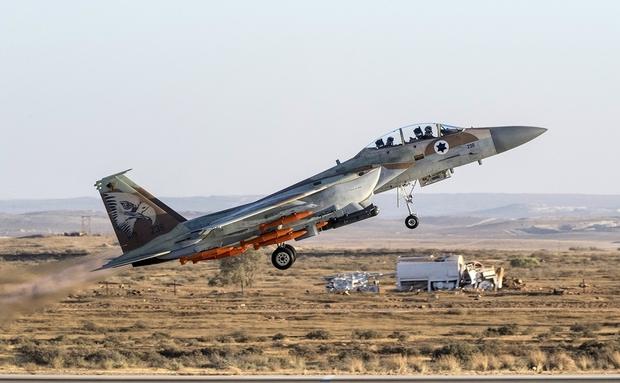On May 10, Iranian forces in Syria launched a barrage of at least 20 rockets on Israeli positions in the Golan Heights. According to the Israel Defense Forces (IDF), some were shot down by the Israeli Iron Dome aerial defense system, while others were wide off their mark with at least one ending up in Lebanon.
In response, Israel launched a counterattack that was unlike anything it has done in Syria so far. The IDF says the counterattack hit more than 50 Iranian targets— intelligence sites, military bases, and munitions facilities—within Syria. The Syrian Observatory for Human Rights, a British monitoring group, says three people were killed—though others put the number much higher at 20.
“The Middle East has had a long history of mass displacements, migrations, and ethnic cleansing due to war and conflict,” said Michael Stanton, AP US History teacher. “Some examples that come to mind are the Armenian Genocide during the Ottoman Empire, and the mass migration from Turkey to Greece following World War I. [What is happening there today] is very depressing.”
Tensions in the Middle East have ratcheted up just two days after Donald Trump pulled the US out of the Iran nuclear deal. On May 9, shortly after Trump withdrew from the deal, an airstrike killed 15 people, including eight Iranians south of Damascus. Although Israel did not claim responsibility for the attack, analysts assume that Israel was behind it.
As it stands now, Russia is backing both Iran and Syrian President Bashar al-Assad so as to support its interests in Syria, whereas the US is backing Israel. Although Trump initially vowed to stay out of Syria, he changed his stance in 2017 following a brutal chemical weapons program by the Assad regime. Trump’s cabinet is stacked with hawks, keen to put more pressure on Tehran.
“The US military intervention in Syria is not a sustained intervention,” said Michael Silber, AP World History teacher. “Although the US has said that it supports the rebels, I think that the US is not fully committed as far as the military solution to ousting or replacing Assad is concerned. In the past, Isis has complicated the US involvement in Syria since Syria was becoming a failed state, and the US was worried about the presence of Isis in Syria. Today, it has more to do with the revelation of chemical weapons being used against civilian populations in Syria; the US had to be seen as taking a moral stand, and some of the reasons for the bombing of Assad’s chemical weapon factories have to do with projecting the US image. However, I think that there are no signs that the US is going to escalate further or end the conflict in Syria, or that the US is prepared to replace Assad at all.”

